Comentários / Perguntas (129)
![]() Helen escreveu:
Helen escreveu:
I have reached the point of switching to a US size 6 circular needle and have picked up 104 stitches with the size 6 needle. So now I have 104 on the size 7 and 104 on the size 6. To follow the next step, "P1 round, at the same time inc. 80," do I keep the right sides together when I begin the round? If yes, the working yarn is starting from the left (size 7) needle. Is that correct?
11.09.2013 - 03:36DROPS Design respondeu:
Dear Helen, you pick up the 104 sts from RS, and then start working in the round, from this poing (beg of round) with P1 round. Happy knitting!
11.09.2013 - 08:58Sia escreveu:
Hello, I have a question regarding the instruction increase after approx every other and 3rd st alternately. Does this mean that the first time I increase in the second stitch, then in the third and then in the second? I mean we increase every 2-3-2-3 stitches etc (if I explained it correcly). Thank you in advance for your help.
09.06.2013 - 17:20DROPS Design respondeu:
Dear Sia, you are correct, you will *work 2 sts, inc 1, work 3 sts, inc 1* and repeat from *-* all the round to have the requested inc. Happy knitting!
10.06.2013 - 10:15Dana escreveu:
Thank you for you're quick answer. what is the size of the bolero in the pic?
08.05.2013 - 22:00DROPS Design respondeu:
Dear Dana, it's a size M on the picture. Happy knitting!
10.05.2013 - 08:12
![]() Laura escreveu:
Laura escreveu:
Three questions: do I start with m1a on every row for both the RS and WS? Also, does every "K" in this pattern refer to a twisted knit stitch? For instance, when it says to S1,K2tog, psso, is that referring to a regular K2tog or a twisted k2tog? I have the same question for every time it says "P." My third question is, Is the garter stitch the same thing as a regular knit stitch? Thanks so much!
10.02.2013 - 15:22
![]() Laura escreveu:
Laura escreveu:
Three questions: do I start with m1a on every row for both the RS and WS? Also, does every "K" in this pattern refer to a twisted knit stitch? For instance, when it says to S1,K2tog, psso, is that referring to a regular K2tog or a twisted k2tog? I have the same question for every time it says "P." My third question is, Is the garter stitch the same thing as a regular knit stitch? Thanks so much!
10.02.2013 - 15:22DROPS Design respondeu:
Dear Laura, Row 1 in M1 is worked from RS. K means work 1 st knitwise and P means to work it purlwise. I recommand you to watch the video called "Decrease - sl1, K2tog, psso" to visualize how to do (see index if necessary). You work a regular knit st for garter st. Happy knitting!
11.02.2013 - 09:57
![]() Susan escreveu:
Susan escreveu:
Hi, could you please clarify what the pattern means by '1 thread of each quality'? Does it mean the pattern needs to be knitted with one thread of cotton viscose and one thread of kid-silk at the same time? If this is the case, shouldn't the pattern require equal amount of both types of yarn, rather than smaller amount for kid-silk as stated?
09.02.2013 - 18:27DROPS Design respondeu:
Dear Susan, you are correct, this pattern is worked with 1 strand each quality worked together : 1 cotton viscose + 1 Kid-Silk. If you click on see color chart for each quality, you will read that Cotton Viscose is approx 110 m /50 g and Kid-Silk approx 200 m /25 g. That's why weight is different but metrage match. Happy knitting !
11.02.2013 - 09:25
![]() Ula Kaae escreveu:
Ula Kaae escreveu:
Forslag til navn til Bolero Ravels Drøm (dansk)
12.07.2012 - 09:26
![]() Beverly escreveu:
Beverly escreveu:
I am trying to knit this. I am to the part where you increase after first part of the sleeve. I am stumped... can you help me??
25.05.2012 - 19:51
![]() Barbara escreveu:
Barbara escreveu:
I'm trying to figure out how to start row 6 in this pattern since it starts with a yarn over.
25.03.2012 - 20:28DROPS Design respondeu:
First on row you K your 3 edge sts, then when starting chart you start with a yo right after the 3rd edge st.
28.03.2012 - 00:03
![]() DROPS Deutsch escreveu:
DROPS Deutsch escreveu:
Wir haben leider nicht die Möglichkeit Muster umzuschreiben. In Ihrem Fachgeschäft kan man Ihnen bestimmt weiterhelfen.
19.12.2011 - 09:24
Sea Blush#seablushbolero |
|||||||||||||
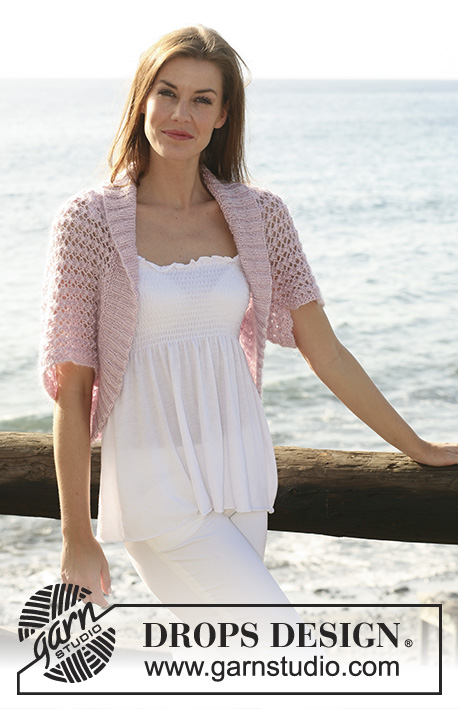 |
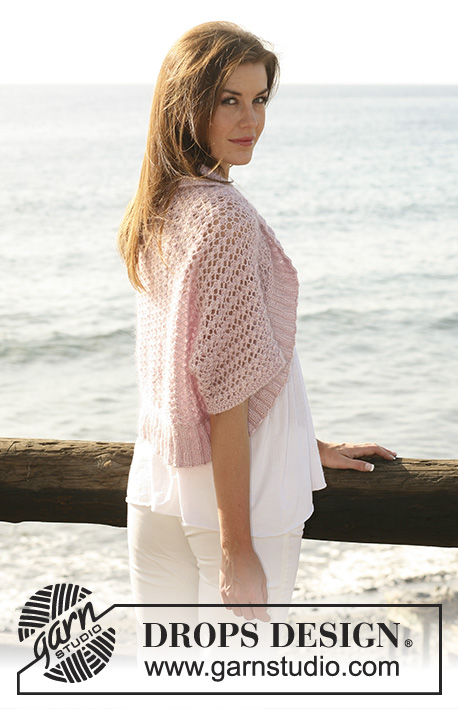 |
||||||||||||
Bolero com ajours DROPS tricotado em "Cotton Viscose" e "Kid-Silk". Do XS/S ao XXXL.
DROPS 119-21 |
|||||||||||||
|
-------------------------------------------------------- NOTA: Existem termos diferentes de tricô e croché em português de Portugal e do Brasil. TRICÔ : Malha = Ponto Canelado = Barra Ponto Jarreteira = Cordões de Tricô Ponto Liga = Ponto Tricô CROCHÉ : mpa – meio ponto alto pa – ponto alto pad – ponto alto duplo pat – ponto alto triplo pb – ponto baixo pbx – ponto baixíssimo pc – ponto corrente --------------------------------------------------- PONTO JARRETEIRA (em idas e voltas) : Tricotar todas as carreiras em meia PONTO FANTASIA : Ver diagrama M1 – os diagramas mostram os pontos fantasia pelo direito. AUMENTOS : Aumentar fazendo 1 laçada. Na carreira seguinte, tricotar a laçada torcida para evitar um buraco. ------------------------------------------------------------- ------------------------------------------------------------- BOLERO : Tricota-se primeiro em idas e voltas na agulha circular; a orla em canelado/barra é, depois, tricotada em redondo na agulha circular. Com 1 fio de cada qualidade e a agulha circular 4,5 mm montar 104-111-118-126-133-140 ms/pts. Tricotar 3 carreiras meia (1.ª carreira = avesso) e, AO MESMO TEMPO, na 3.ª carreira, distribuir 17-18-19-21-22-23 diminuições (diminuir, tricotando aproximadamente todas as 5.ª e 6.ª ms/pts juntamente em meia) = 87-93-99-105-111-117 ms/pts. Continuar da seguinte maneira pelo direito : 3 ms/pts em PONTO JARRETEIRA – ver acima –, M1A (= 3 ms/pts), M1B até restarem 3 ms/pts, terminar com 3 ms/pts em PONTO JARRETEIRA. Continuar, seguindo M1 desta maneira com 3 ms/pts em ponto jarreteira de cada lado da peça. NÃO ESQUECER DE MANTER A MESMA TENSÃO DA INDICADA PARA A AMOSTRA ! A 3-3-4-5-6-7 cm de altura total, montar 6 ms/pts de cada lado da peça para as mangas = 99-105-111-117-123-129 ms/pts. Continuar, seguindo M1 em todas as ms/pts com 3 ms/pts em ponto jarreteira de cada lado da peça. A 37-41-44-47-50-53 cm de altura total, arrematar 6 ms/pts de cada lado da peça = 87-93-99-105-111-117 ms/pts. Continuar, seguindo M1 com 3 ms/pts em ponto jarreteira de cada lado da peça até 39-43-47-51-55-59 cm de altura total (ajustar a altura para que a carreira seguinte seja pelo avesso). Tricotar 3 carreiras meia e, AO MESMO TEMPO, na 1.ª carreira, distribuir 17-18-19-21-22-23 aumentos (aumentar aproximadamente a cada 5 ms/pts) = 104-111-118-126-133-140 ms/pts. Continuar com a agulha circular 4 mm. Levantar 104-111-118-126-133-140 ms/pts na carreira de montagem = 208-222-236-252-266-280 ms/pts e continuar em redondo. Tricotar 1 carreira liga/tricô e, AO MESMO TEMPO, distribuir 80-86-92-100-106-112 aumentos (depois de cerca de 2 ou 3 ms/pts alternadamente) – ver AUMENTOS = 288-308-328-352-372-392 ms/pts. Tricotar 1 carreira meia e continuar em canelado/barra 2 ms/pts meia/2 ms/pts liga/tricô em todas as ms/pts. A 2,5 cm de altura de canelado/barra, aumentar 1 m/p liga/tricô em cada secção de ms/pts liga/tricô (tricotar 2 ms/pts liga/tricô na 1.ª m/p liga/tricô), e continuar em canelado/barra 2 ms/pts meia/3 ms/pts liga/tricô até 5 cm de altura de canelado/barra. Na carreira seguinte, aumentar 1 m/p meia em cada secção de ms/pts meia (tricotar 2 ms/pts meia na última m/p meia) e continuar em canelado/barra 3 ms/pts meia/3 ms/pts liga/tricô até 7 cm de altura de canelado/barra. Arrematar as ms/pts como elas se apresentam. MONTAGEM Costurar os lados e sob as mangas nas ms/pts ourela – ver linhas pontilhadas do diagrama. |
|||||||||||||
Explicações do diagrama |
|||||||||||||
|
|||||||||||||
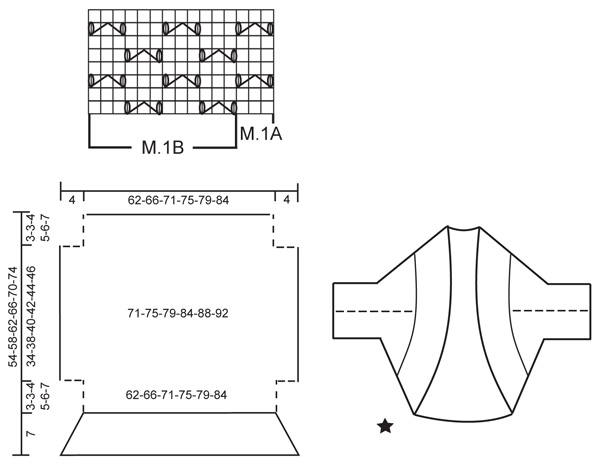 |
|||||||||||||
Terminou este projecto?Então, identifique as suas fotos com as tags #dropspattern #seablushbolero ou mostre-as na galeria #dropsfan. Precisa de ajuda para este modelo?Encontrará 18 turotiais em vídeo, uma rubrica Comentários/Perguntas e muito mais ao visitar a página do modelo em www.garnstudio.com © 1982-2025 DROPS Design A/S. Todos os direitos reservados. Este documento, incluuindo as suas su-secções, tem copyrights. Saia mais o que pode fazer com os nossos modelos no fim de cada uma das páginas do nosso site. |
|||||||||||||

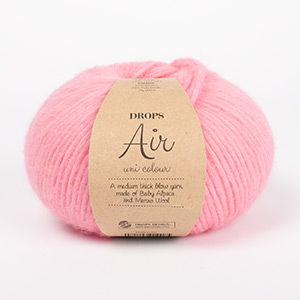





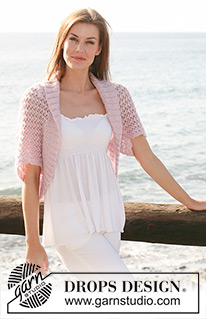
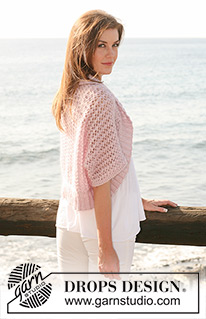
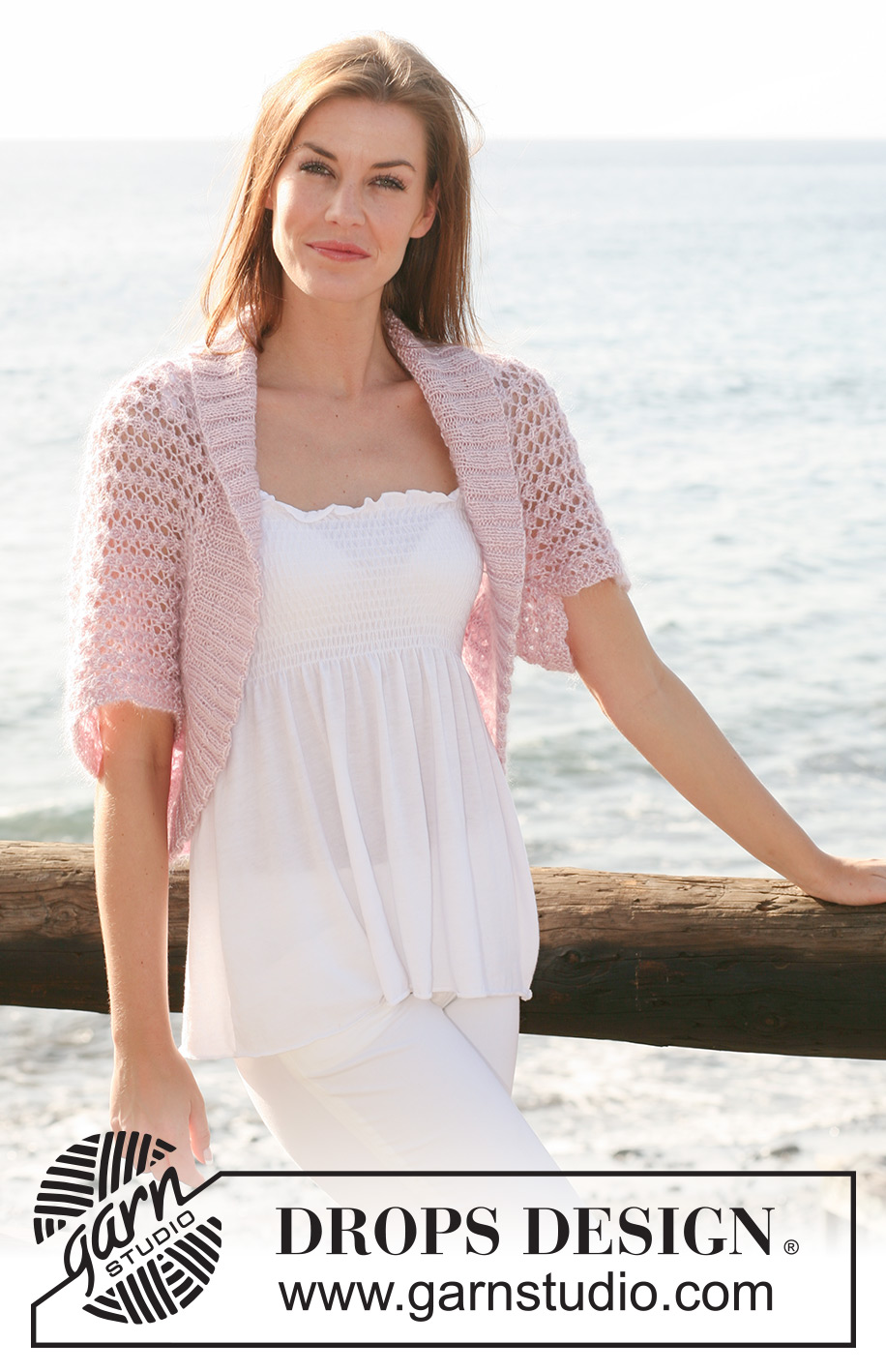


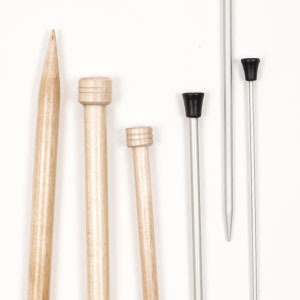
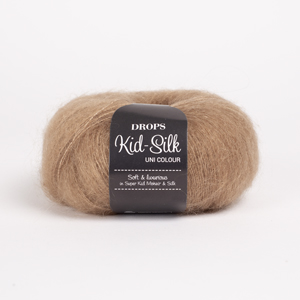
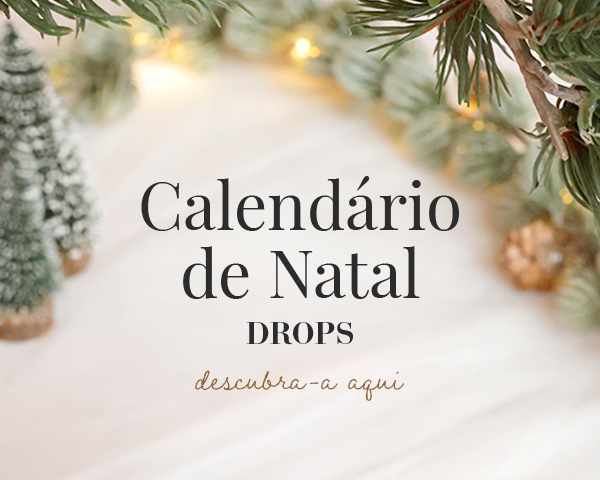
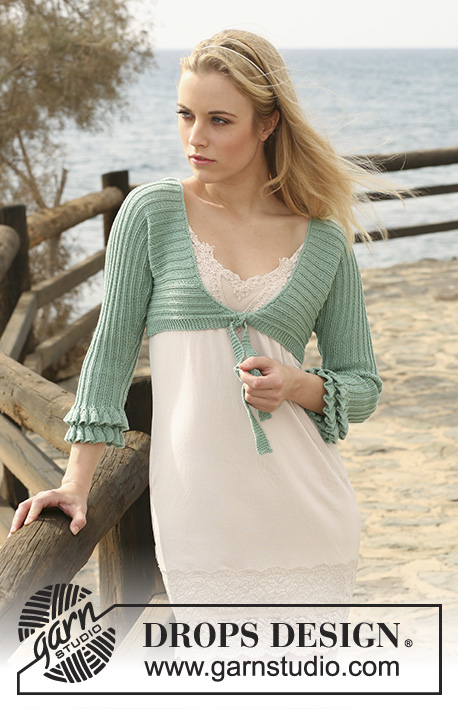
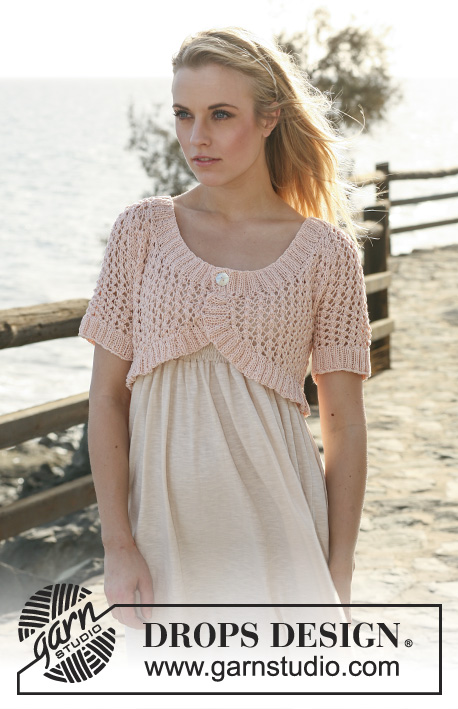

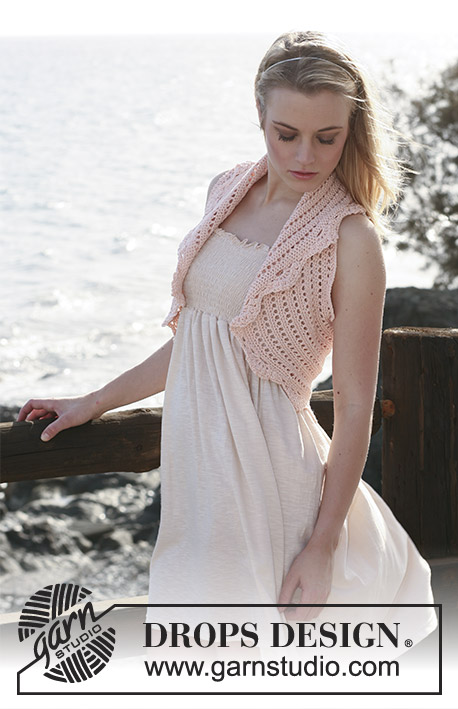





















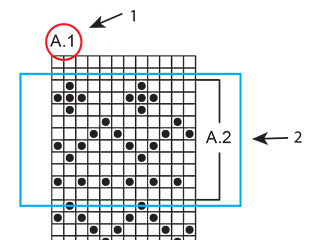

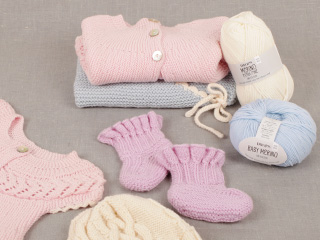
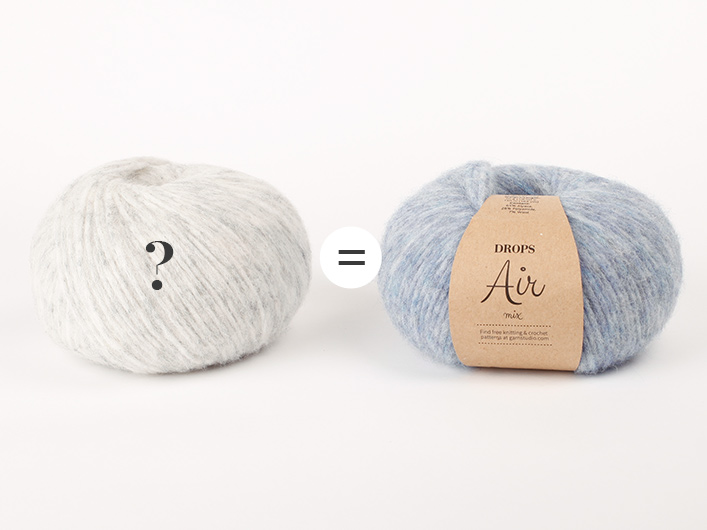

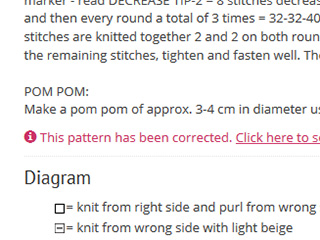
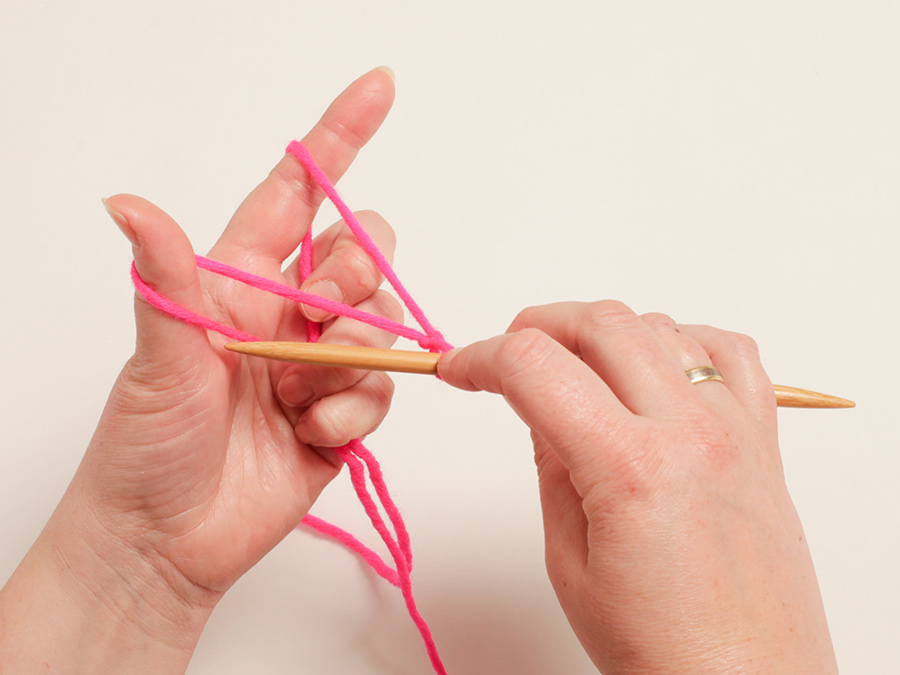
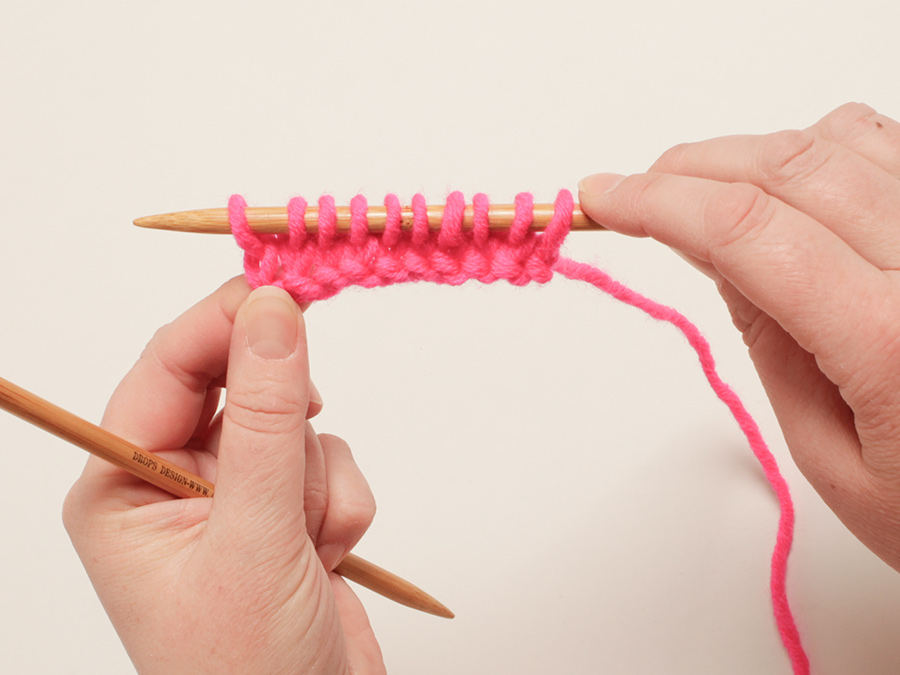
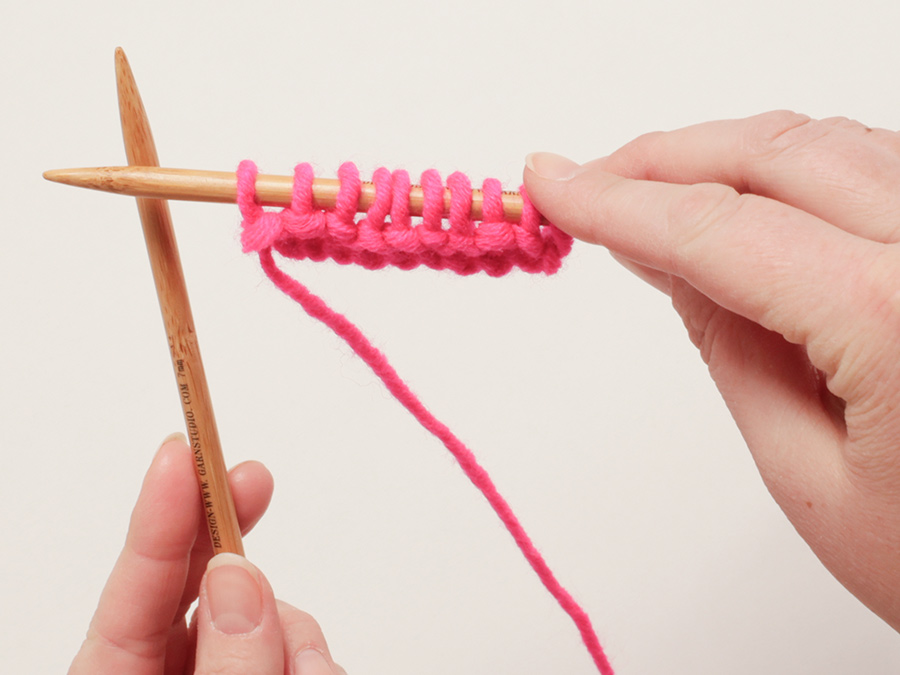
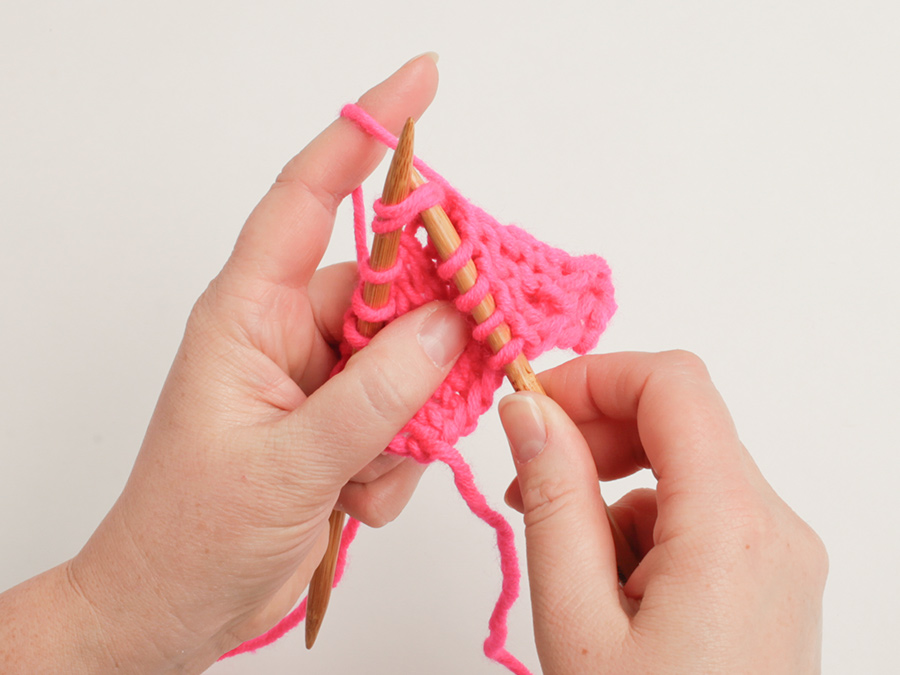
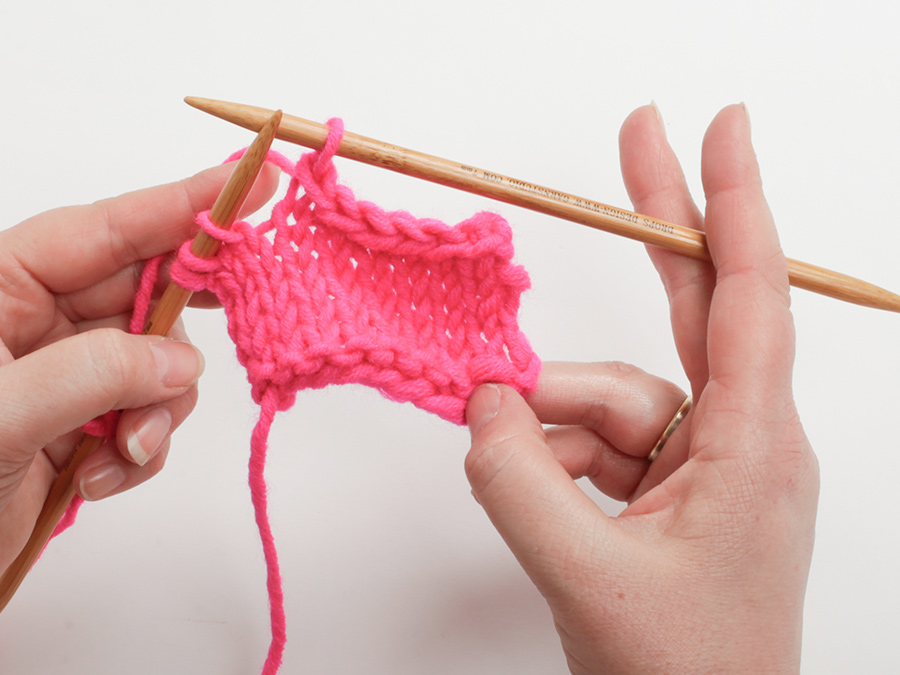
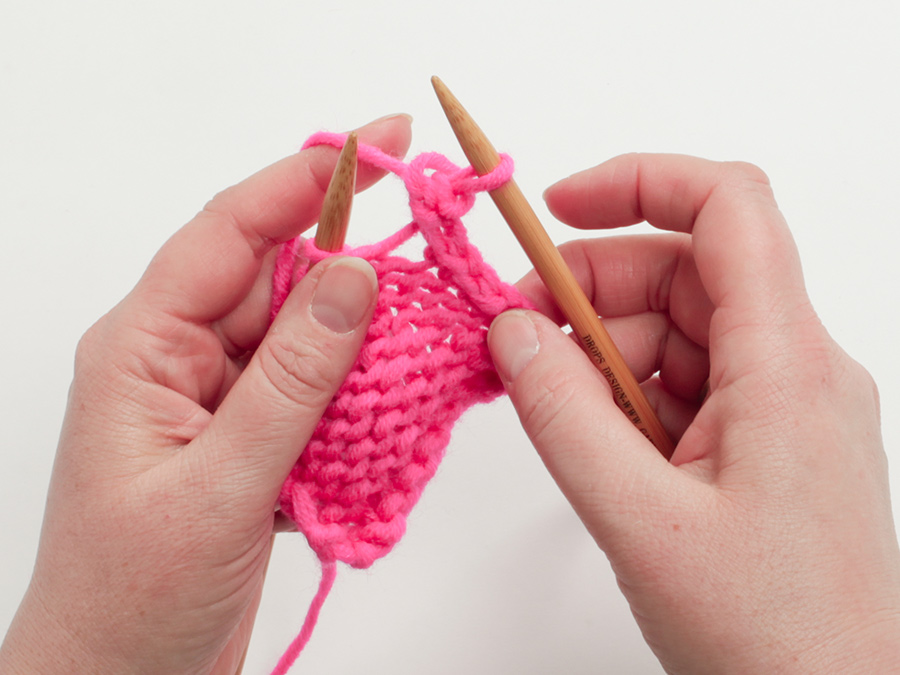




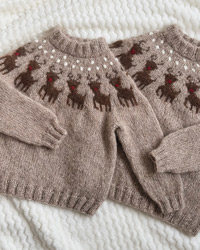
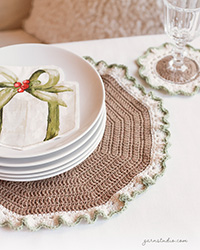
Deixe um comentário acerca do modelo DROPS 119-21
Gostaríamos muito de saber o que tem a dizer-nos acerca deste modelo!
Se deixar uma pergunta acerca do modelo, certifique-se de que escolhe a categoria adequada no formulário abaixo para acelerar o processo relativo à resposta. Os campos obrigatórios estão assinalados com um *.